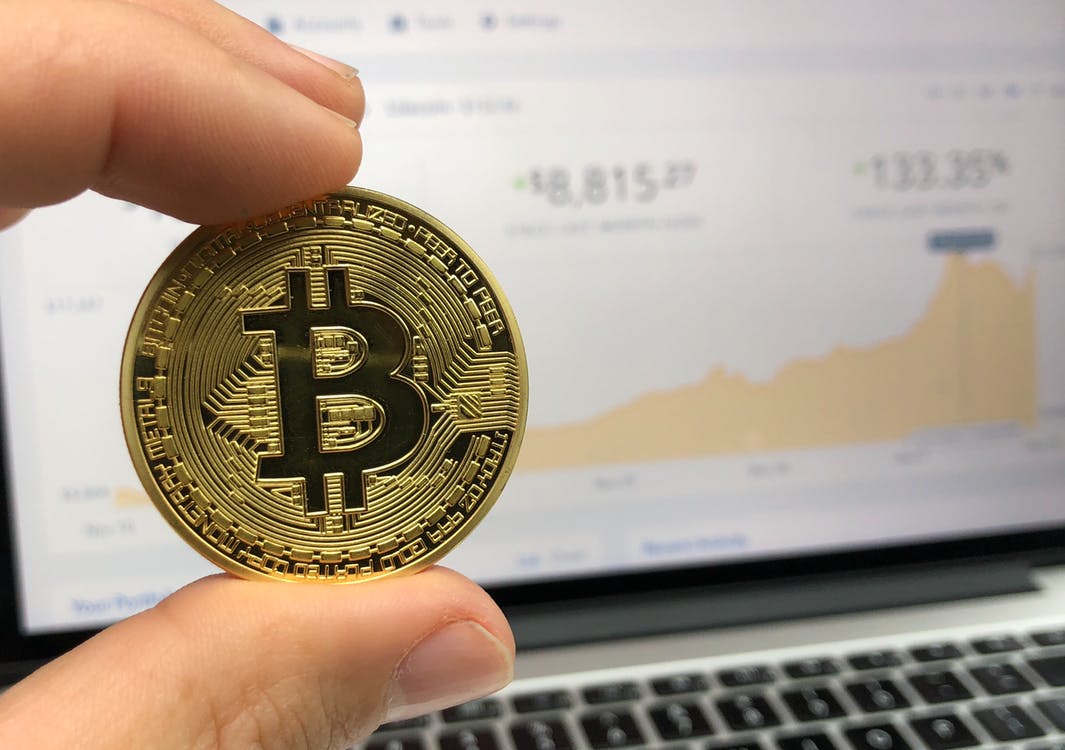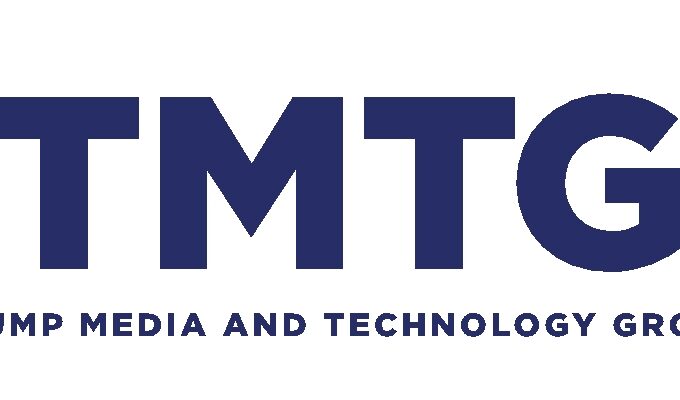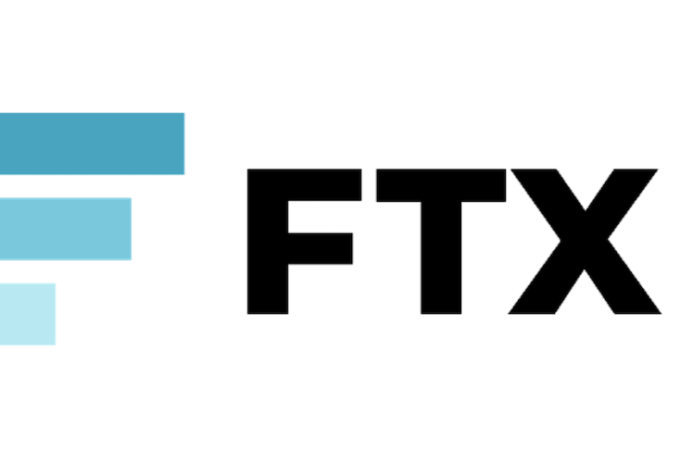
Why crypto must comply or die
Inadequate oversight can create industry crises — an effect we are starting to see in crypto. Over the last year, tokens have been at the centre of multiple global hacks and large-scale fraud – such as the theftof $400 million in Coincheck tokens, the Parity coding error that froze over 513,776 ETH, the PlexCoin ICO which saw the SEC freeze $15m worth of assets and jail the founder, and the Pincoin scam that left investors short by $660 million with the founders still at large.
Unsurprisingly, this spate of incidents has driven government action with New York Attorney General Eric Schneiderman announcing plans to investigate 13 exchanges last month, and the SEC already has multiple investigations into ICO campaigns underway. However, a handful of fines won’t make it a safer place for companies and investors to trade.
To ensure its future, the crypto industry must adopt the solution that has reduced fraud risk and increased confidence for many sectors: regulation.
Accountability as a route to trust
The word regulation sends shivers down the spine of organisations and investors across the globe — especially in the so far unfettered crypto world — with many seeing it as time-consuming, costly and prohibitive measure that hinders market development. The truth is that legislation fuels growth by creating the trust needed for business to thrive.
To understand how it does so, we’ll need to revisit the start of the current financial system: the Dutch Union-of-Utrecht treaty. In 1579, the treaty was created to sustain the alliance between northern Dutch states against Spain, primarily by establishing a joint war treasury. To avoid unjust exploitation — such as higher tax rates for citizens in some states — it used a confederal but democratic system whereby taxes were standardised across all states and internal tariffs banned.
The treaty stands out because compliance was secured through oversight: an independent body of state representatives was formed to monitor tax collection processes. And, although it took a century to fully take hold, the system was so successful that it gave Holland the lowest rate of interest on government debt in the world at that time. England later used these principles in forming the Bank of England to independently manage the national debt in 1694.
By embracing robust financial management and objective verification methods, both nations gained a reputation for integrity that powered consistent economic prosperity and easy access to credit.
Closing loopholes for fraud
The most compelling examples of why regulation is vital to prevent fraud also lie in finance history. Back in the 1850s when hype around railroads was sweeping America, unscrupulous salesmen offered fictional shares to capitalise on investor enthusiasm. In response, government officials built legislation that allowed for registration of equities and reporting. Although this didn’t entirely stop fraud — the simple guidelines were easy to circumvent — it slowed dubious activity, and laid the foundations for more comprehensive legislation that would arrive in the Great Depression.
The primary cause of the 1929 financial crash was irresponsible margin lending. This formed the basis of the 1934 United States Securities Act and the Securities and Exchanges Commission (SEC) to enforce it.. The positive impact of that new regulation, together with a centralised enforcer, isn’t often recognised. Not only did it reduce opportunities for fraud and restore faith in the industry, it ultimately improved conditions for genuine businesses in search of capital, powered much of the recovery that followed, and resulted in a long period of financial stability that lasted right through to the 1980s.
Financial stability
It only takes a brief look through previous financial crises to spot a pattern. From 1700 until the initiation of the SEC, the UK and US experienced 24 crises. Between 1934 and 1979, neither market experienced a single financial disaster. After regulations began to relax in the 1980’s and the free market principle took hold, crashes increased; in the last 40 years the UK and US economies have seen no less than five major financial incidents.
Increased oversight reduces vulnerability
One of the key tenants of any regulatory framework is robust oversight of regulated firms. For an individual company this primarily involves assessing risks across the business, and an independent panel – usually the board of directors – ensuring the company is properly planning for and mitigating those risks. In the modern era a key section of that risk assessment is technology security – infrastructure, access, and development practices.
Most countries have such a framework that every regulated company must comply with, and which has been built up over the course of multiple instances of loss of money or data through hacks, employee fraud, or system failures. The result of tech-focused regulation in the securities industry, like the implementation of the Securities Act itself, has been increased end consumer protection and greater trust, and has allowed the industry to embrace and flourish in the digital era.
What does it all mean?
There is a clear lesson for the crypto industry: if companies and investors don’t want boom to swiftly turn into bust, regulation is paramount.
The tokenised securities market may still be relatively nascent, but to realise its significant potential, robust legislation must be welcomed into the blockchain world. By setting defined rules that increase accountability and minimise risk, blockchain will not only win credibility amongst a wider audience but also take its place as the future of securities trading.





